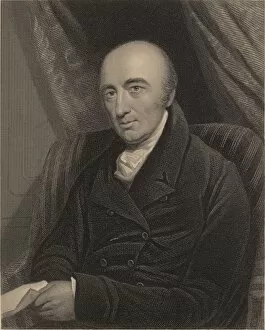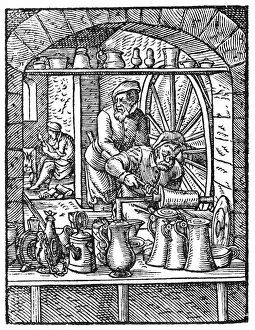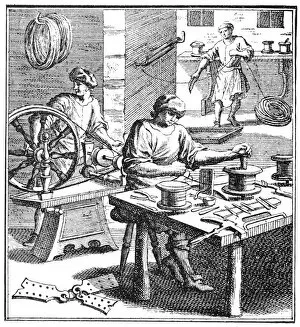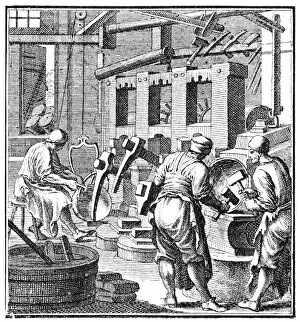Ductile Collection
"Ductile: The Remarkable Property of Flexibility" Ductility, a term coined by William Hyde Wollaston
All Professionally Made to Order for Quick Shipping
"Ductile: The Remarkable Property of Flexibility" Ductility, a term coined by William Hyde Wollaston, is the remarkable property that allows certain materials to be stretched or deformed without breaking. This concept revolutionized the world of metallurgy and has had profound implications in various industries. Imagine holding a gold nugget in your hand - its lustrous surface gleaming with elegance. Gold, one of the most ductile metals known to man, can be easily shaped into intricate designs without losing its integrity. It was Wollaston who first recognized this unique characteristic of gold and defined it as ductility. Intriguingly, gold nuggets like those depicted in images C014 / 4288, C014 / 4289, and C014 / 4287 showcase not only their inherent beauty but also their ability to withstand shaping processes due to their high ductility. These captivating specimens serve as a testament to the malleability of this precious metal. Artwork depicting tinsmiths skillfully crafting objects from sheets of metal exemplifies how ductility plays a crucial role in traditional trades. Brass wire production artwork showcases how skilled artisans utilize this property to create delicate yet sturdy wires for various applications. Coppersmiths too have relied on the ductile nature of copper throughout history. Artistic depictions capture their mastery over this material as they transform it into functional and ornamental pieces using techniques that leverage its pliability. Beyond these artistic representations lies an understanding that extends far beyond human craftsmanship. Artwork illustrating continental and oceanic crust (C016 / 3737) reminds us that even geological formations are influenced by materials' ability to undergo deformation without fracturing under immense pressure. Native copper itself stands as evidence of nature's innate capacity for ductility. Its occurrence in pure form demonstrates how minerals can exhibit flexibility when subjected to geological forces over time. Even lead, showcased through scanning electron microscopy (SEM), reveals its ductile nature.












